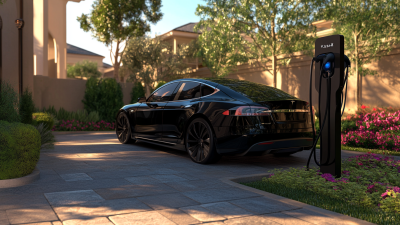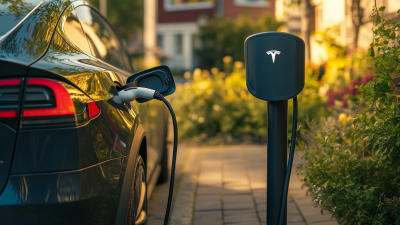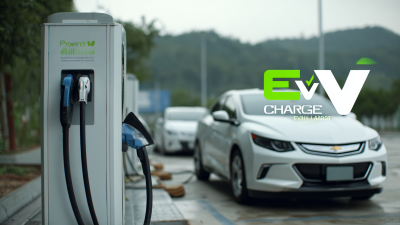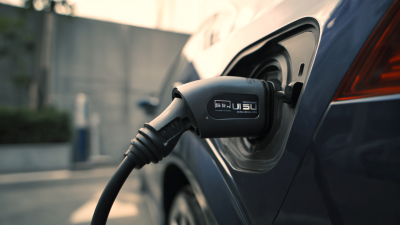As the automotive industry continues to evolve towards a more sustainable future, the significance of electric vehicle (EV) infrastructure becomes increasingly paramount. At the forefront of this transformation is the Project Ev Charger, an initiative aimed at revolutionizing the charging experience for electric vehicle users. The upcoming 2025 China Import and Export Fair, also known as the 138th Canton Fair, serves as a pivotal platform for showcasing innovations like the Project Ev Charger. This event not only highlights advancements in technology but also reflects China's commitment to enhancing its green energy ecosystem. Attendees will have the unique opportunity to explore cutting-edge solutions that address the growing demand for efficient and accessible EV charging stations. As we delve into the potential of Project Ev Charger, we will uncover its implications for the electric vehicle market, consumer behavior, and the broader goals of environmental sustainability within the context of one of the world's largest trade exhibitions.
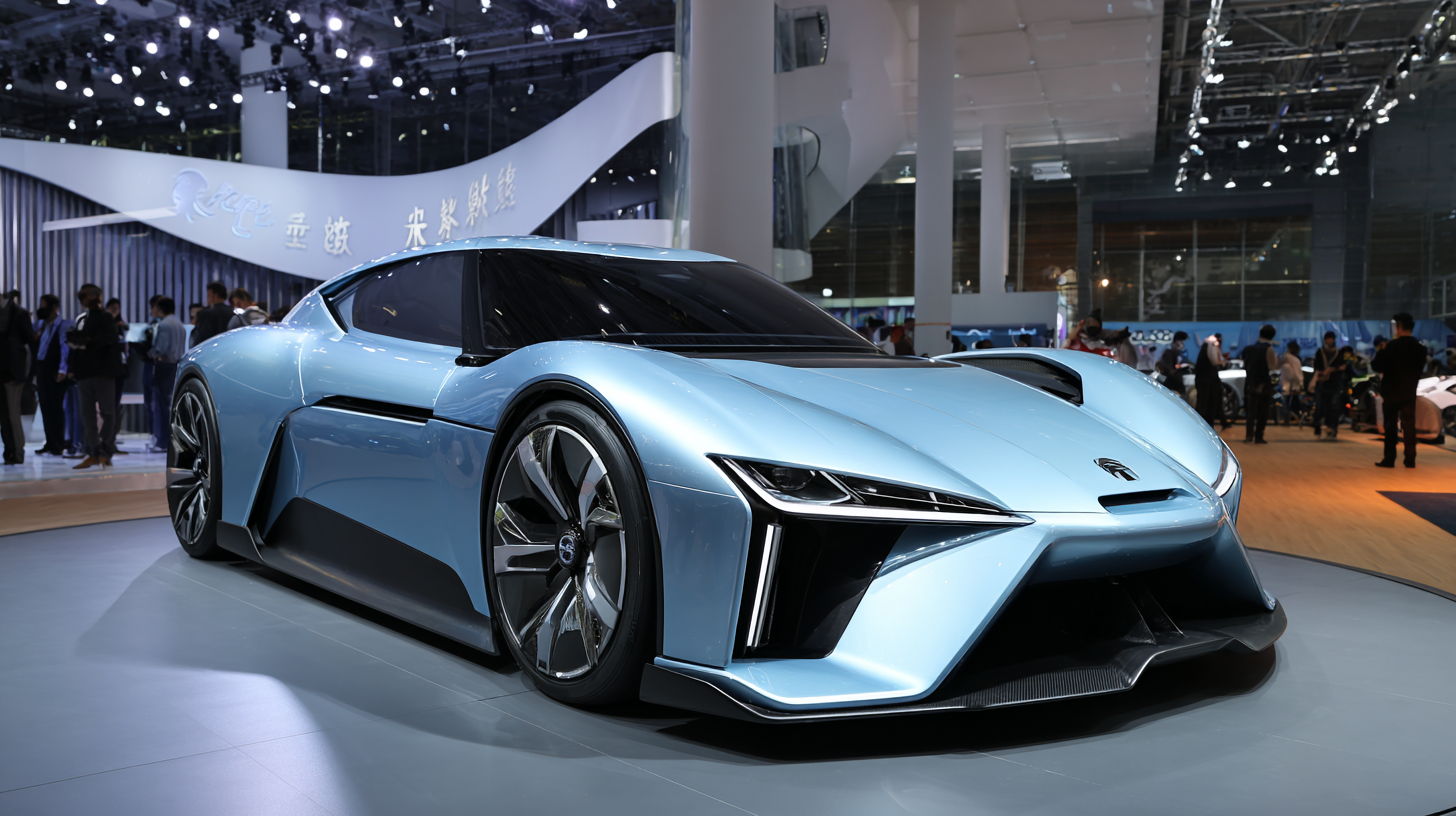
As the electric vehicle (EV) market in China continues to experience exponential growth, the future trends in EV charger development and deployment are becoming increasingly significant. According to a report by the International Energy Agency (IEA), China sold over 3 million electric vehicles in 2022, making it the largest EV market in the world, with projections indicating that the number of EVs could reach 40 million by 2030. This surge necessitates substantial infrastructure upgrades, particularly in the deployment of charging stations throughout urban centers and rural areas.
Furthermore, advancements in charging technology are transforming how EV chargers are designed and utilized. The rise of ultra-fast charging solutions, capable of delivering up to 350kW, is enabling drivers to recharge their vehicles in under 15 minutes. According to MarketsandMarkets, the global EV charger market is projected to grow from $3.2 billion in 2020 to $30.7 billion by 2027, driven primarily by increasing investments in renewable energy sources and a supportive regulatory environment in China. As the nation advances toward its goal of carbon neutrality by 2060, the focus on upgrading the EV charging ecosystem will be critical in supporting the transition to sustainable mobility.
The advancement of electric vehicle (EV) charger technologies is deeply intertwined with green energy initiatives. As the focus on renewable energy grows, the EV charger market is projected to expand significantly, with research indicating a compound annual growth rate (CAGR) of over 30% from 2023 to 2030. This shift not only aims to enhance the efficiency of charging systems but also to align with global sustainability goals.
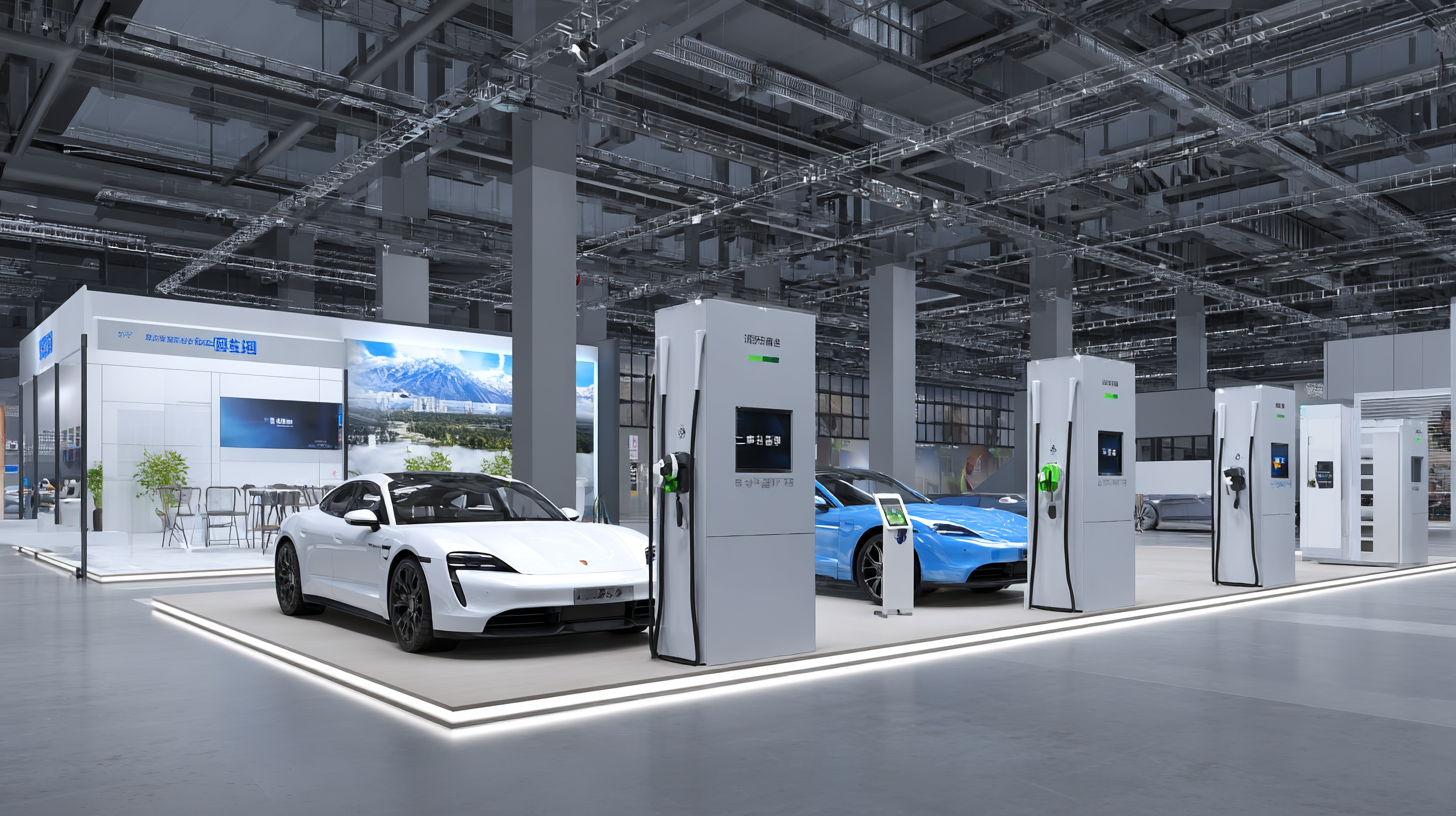 Initiatives promoting solar and wind energy play a crucial role in this development, offering clean alternatives for powering charging stations.
Initiatives promoting solar and wind energy play a crucial role in this development, offering clean alternatives for powering charging stations.
As we approach the 2025 China Import and Export Fair, showcasing innovations in the EV charging sector, various companies are taking strides to integrate sustainable practices into their business models. For instance, a recent report by the International Energy Agency (IEA) emphasizes that widespread adoption of public charging infrastructure powered by renewable energy can reduce greenhouse gas emissions in urban areas significantly. This aligns well with the rising consumer demand for greener transportation options.
Tip: When considering the installation of EV chargers, look for systems that can be powered directly by renewable energy sources. This not only lowers operational costs but also enhances the EV charging ecosystem's overall sustainability. Investing in smart charging solutions that optimize energy usage further supports green initiatives while providing convenience to users.
As electric vehicle (EV) adoption accelerates globally, the demand for charging infrastructure is projected to skyrocket. According to a recent report by the International Energy Agency (IEA), the number of electric vehicles on the road is expected to surpass 300 million by 2030. This surge is anticipated to increase the need for EV chargers significantly, with analysts estimating that at least 1.3 million charging points will be required to keep pace with this growth.
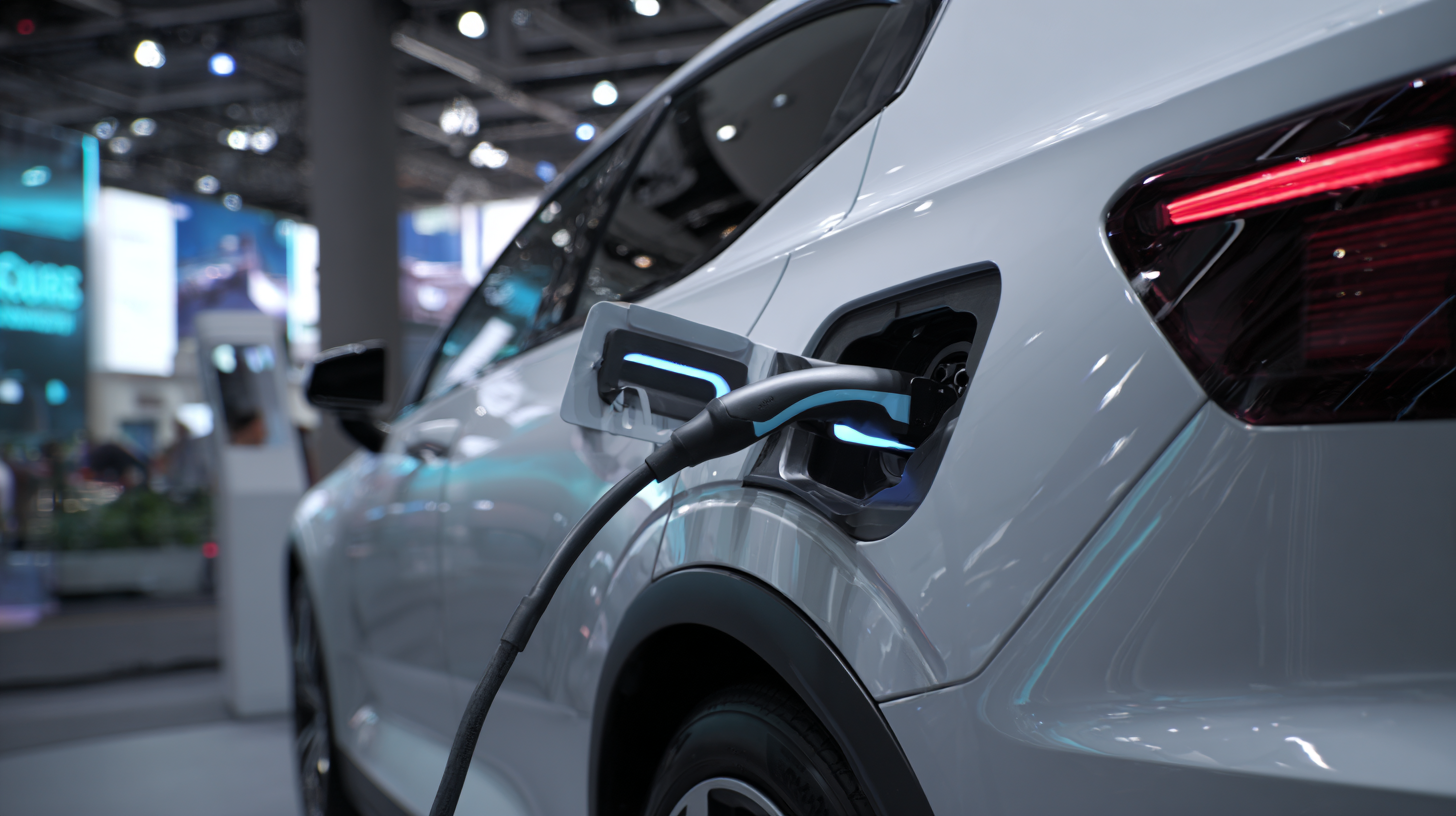
The 2025 China Import and Export Fair will showcase cutting-edge innovations in the EV charging sector, illuminating how businesses are gearing up to meet the rising demand. The China Association of Automobile Manufacturers predicts that domestic electric vehicle sales will reach 5 million units in 2025. With this increase, a corresponding demand for fast and reliable charging solutions will arise, leading to a competitive landscape for charger manufacturers. Companies are investing heavily in research and development to create more efficient, user-friendly, and smart charging stations that can support the influx of new electric vehicles. The future of Project Ev Charger looks promising, as it aligns perfectly with these market trends and the industry's shift towards sustainability and innovation.
The future of electric vehicle (EV) charging technology is rapidly evolving, marked by innovations that significantly enhance both efficiency and user experience. As highlighted in recent industry analyses, advancements such as ultra-fast charging solutions are pivotal to meeting the increasing demand for electric mobility. For instance, research indicates that the introduction of batteries capable of achieving 520 kilometers of range in just five minutes of charging could revolutionize the user experience, making long-distance travel in EVs not only feasible but convenient.
Moreover, the trend towards energy-efficient technologies is gaining momentum, with a noteworthy shift towards integrated charging solutions within urban infrastructure. Reports suggest that over 70% of retail businesses now recognize the importance of incorporating advanced EV charging stations as part of sustainable energy practices. This aligns with emerging technologies that allow for flexible solutions like charge-on-the-move systems, enhancing the convenience of charging locations while minimizing downtime for users. As the EV market continues to expand, these innovations play a crucial role in shaping a seamless, user-friendly charging ecosystem, thereby supporting the global transition towards sustainable transportation.
| Feature | Description | Benefits | Projected Year of Implementation |
|---|---|---|---|
| Fast Charging Technology | Utilizes advanced high-voltage systems to reduce charging time. | Decreases downtime for EV users, improving convenience. | 2025 |
| Smart Charging Solutions | Integrates IoT technology for real-time monitoring and updates. | Enhances user experience by providing recommendations and notifications. | 2026 |
| Wireless Charging Capability | Allows for charging without physical cables. | Provides hassle-free charging options for users. | 2027 |
| Solar-Powered Chargers | Utilizes solar panels to harness renewable energy for charging. | Reduces reliance on grid electricity and lowers costs. | 2025 |
| User-Friendly Interface | Interactive display for usage statistics and payment options. | Improves ease of use and customer satisfaction. | 2025 |
The landscape for electric vehicle (EV) chargers in China is rapidly evolving, underpinned by a series of robust government policies and regulations aimed at promoting sustainable energy solutions. In recent years, the Chinese government has introduced various incentives to accelerate the adoption of electric vehicles, including subsidies for EV purchases and substantial investments in supporting infrastructure. These regulations are designed not only to increase the number of EV chargers but also to enhance their accessibility and efficiency across urban and rural areas.
Moreover, the government is enforcing stricter standards for EV charger manufacturers, ensuring that the technology complies with safety and quality benchmarks. This regulatory environment fosters a competitive market, encouraging innovation among domestic and international companies engaged in EV charging solutions. As we look forward to the 2025 China Import and Export Fair, these developments will likely showcase advancements in smart charging technologies and the integration of renewable energy sources. By aligning with the national goals of carbon neutrality, these efforts create a promising horizon for the future of EV charging infrastructure in China.


